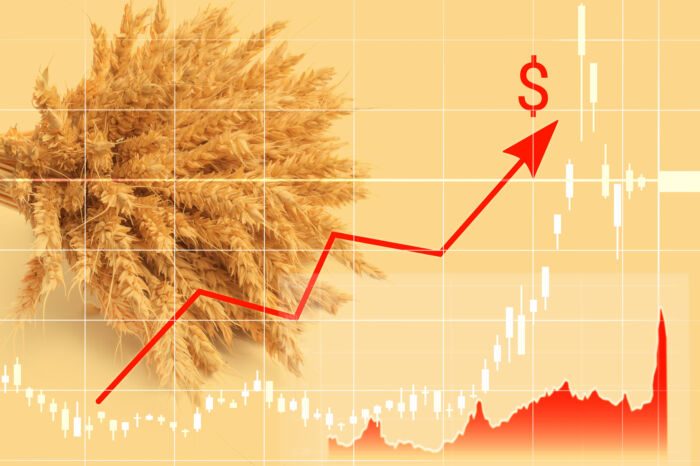We can see that food prices are at record highs both on the commodity exchanges and in the aggregate food price indexes. In the US, for example, the latter is at its highest year-on-year level since the 1980s. In the euro area, we are even at all-time highs, which may be because the time series of these observations start in the 1990s.
The agricultural commodity market is, of course, global and high prices for wheat and similar basic commodities, combined with high energy price rises, are pushing up agricultural prices significantly. And these are not the only inputs becoming more expensive for farmers and food growers, in an earlier article we also reported on the deteriorating fertilizer and seed market, which also has a big impact on the resulting prices.
How are these rising prices filtering through to the economy?
It has been reported that high food prices have a big impact on consumer inflation. However, we can look at the market from two sides, the supply side and the demand side. The question is whether price pressures are transmitted from producers to consumers in the same way if price increases are driven by excess demand or lack of supply. Both situations result in the observed increase in producer prices.
Read also: G7 leaders unveil $600 billion plan to invest
If we look at Germany, for example, there seems to be some difference between the effect of demand and supply shocks. A demand shock (manifested by a simultaneous rise in producer prices and output) has a more lasting effect on consumer inflation in terms of month-on-month dynamics than a supply shock (a rise in prices and a fall in output). The latter has a slightly stronger effect on inflation, which also builds up more quickly but fades away more quickly.
It is probably not surprising that we have recently been observing mainly supply shocks. However, significant demand shocks can also be identified.
What does this imply?
Unless we see some positive surprises (for example, in the form of stronger exports of Ukrainian grains) or administrative interventions, high and accelerating inflation in food prices is probably to be expected in the coming months.











Comments
Post has no comment yet.